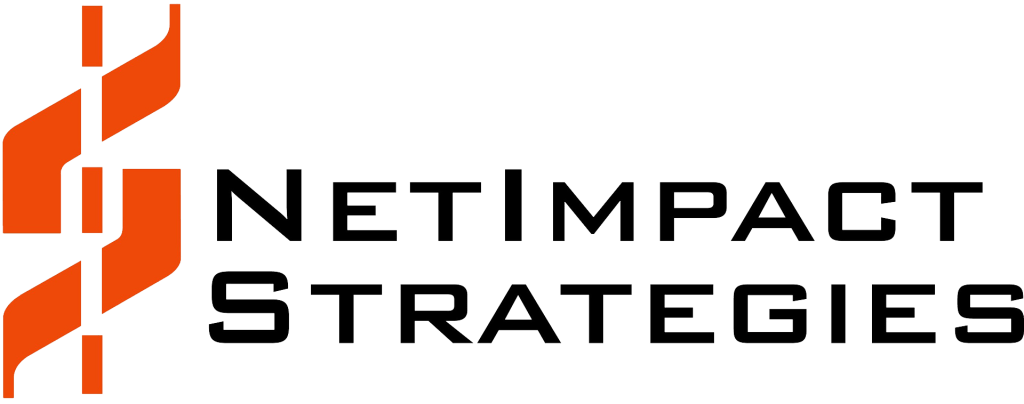In the realm of technology, few certifications hold as much weight as the ServiceNow Certified Master Architect (CMA). These individuals are the vanguards of innovation, entrusted with architecting and implementing solutions that drive organizational efficiency and effectiveness.
| There are less than 80 CMAs in the Americas Launched in 2019, the ServiceNow Certified Master Architect (CMA) program was borne out of feedback from C-Suite clients during John Donahoe’s (ServiceNow CEO at the time) customer experience interviews. Customers wanted ServiceNow vetted experts who lived, breathed, and understood the platform with bona fide depth in designing, implementing, and optimizing ServiceNow solutions. Learn more about what it takes in our overview here. |
How does a CMA’s life differ in the public sector? It starts and ends with the mission.
1. Mission-Centric Mindset:
ServiceNow CMAs in the federal government understand that their work extends beyond the confines of traditional corporate environments. Value becomes more difficult than the bottom line – federal CMAs must push beyond numbers to tie impact back to the mission. Federal CMAs are driven by a sense of purpose, knowing that each solution they architect plays a crucial role in supporting national security, public safety, and citizen services.
2. Scrutiny in Cyber Security and Data Protection:
Unlike their counterparts in commercial settings, federal CMAs operate under stringent regulations and standards for cyber security and data protection. Every solution they design must not only be efficient but also resilient to cyber threats and compliant with government mandates – current and pending. Their future-proofing must take into account other technologies in the space and modernization efforts planned as a part of a five-year-strategic plan or lengthy budgeting process.
3. Embracing Government Culture:
ServiceNow CMAs quickly learn to navigate the intricacies of government culture, where bureaucracy and protocol are part of the landscape. They adapt their approaches to align with government processes while still fostering innovation within their teams. This means that agility must be achieved in other ways and they have to create flexibility so the platform remains responsive and adaptive to change.
4. Navigate Complex Collaborations:
Federal missions often require collaboration across multiple agencies and departments. Even within a single agency, intradepartmental politics – including multi-vendor environments and motivations – create friction in seemingly innocuous tasks. ServiceNow CMAs have demonstrated the ability to bridge silos and must truly tap into their stakeholder management and business acumen to converge stakeholders with diverse objectives towards a shared objective: create unified, interoperable solutions that serve the greater good.
5. Focus on Impact:
In the federal government, the impact of technology solutions extends far beyond the bottom line. ServiceNow CMAs prioritize outcomes that improve public service delivery, enhance national security capabilities, and empower government employees to fulfill their missions effectively. Easier said than done when managing the daily chaos but connection to value must always remain at the forefront of the CMA’s visioning and in the back of the CMA’s mind for designs.
6. Problem-Solving in Complex Environments:
ServiceNow CMAs thrive in complex environments where challenges are multifaceted and solutions must account for diverse stakeholder needs. They tackle issues such as legacy system modernization, process optimization, and citizen experience enhancement with creativity and tenacity – including how the platform fits within a portfolio of legacy, modern, new, and sunsetting tools competing for attention and value. Federal CMAs must become experts in other technologies in the portfolio so they can best advise their customer on maximizing ServiceNow in the ecosystem without introducing redundancies and without overlooking gaps.
7. Regulatory Compliance:
Government regulations and compliance requirements add an additional layer of complexity to the work of CMAs. They must stay abreast of evolving regulations and ensure that their solutions meet or exceed compliance standards to mitigate risk and ensure accountability – requirements may come from stakeholders but their process and automation must comply with Directives, Procedural Instructions, Official Memorandums, agency-specific policies, federal guidelines, and the seemingly endless list of regulations.
8. Long-Term Vision:
CMAs take a strategic approach to their work, considering not only immediate needs but also the long-term vision of the agencies they serve. They architect solutions that are scalable, adaptable, and future-proof, anticipating and addressing emerging challenges before they arise…with the expectation that they may not be the Architect or team solving emergent issues down the road. The platform must be transferrable and sound for another team to potentially inherit down the road.
9. Ethical Decision-Making:
Integrity and ethical considerations are paramount in the federal government sector. CMAs approach their work with a strong sense of ethics, ensuring that their solutions uphold principles of transparency, accountability, and fairness in serving the public interest. Federal CMAs must view their work through the perspective of public service and the American citizen’s experience – which includes higher conscientiousness around long-term cost and worthwhile use of taxpayer funds.
10. Continuous Learning and Growth:
Federal CMAs invest in continuous learning and growth not only for themselves, but on behalf of their customers to keep the agency at the forefront of technological innovation while balancing risks. The community is smaller and they must seek out opportunities to expand their skills, stay updated on industry trends, and contribute to the broader community of practice in a way that furthers federal government as a whole.
ServiceNow Certified Master Architects play a vital role in supporting federal missions, leveraging their expertise, creativity, and dedication to drive positive change in government agencies. From navigating complex regulatory landscapes to fostering innovation in bureaucratic environments, these experts are instrumental in shaping the future of public service delivery.
As we continue to confront new challenges and opportunities in the digital age, the role of ServiceNow CMAs in the federal government will only become more essential and in higher demand. Interested in one of the open ServiceNow positions and getting started on your CMA journey?
Apply via our Career page and let the Talent team know!



